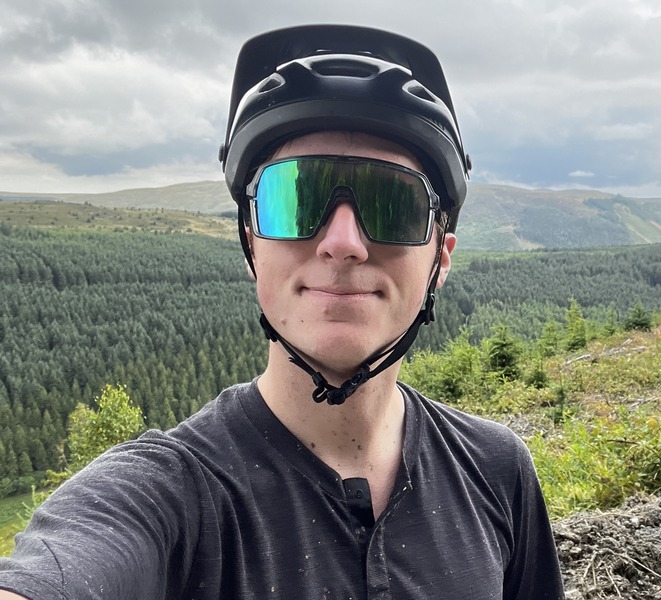These new mountain bike wheels from NOBL are one mighty upgrade, combining carbon fibre rims, Onyx Racing hubs and Berd’s fabric spokes.
The wheels use NOBL’s TR35 G2 carbon rims and Onyx Racing Products' instant-engagement, silent-running Vesper hubs.
Both of these are interesting in their own right. However, the Berd PolyLight fabric spokes lacing them together are the real centrepiece of these mountain bike wheels.
Shoelace spokes
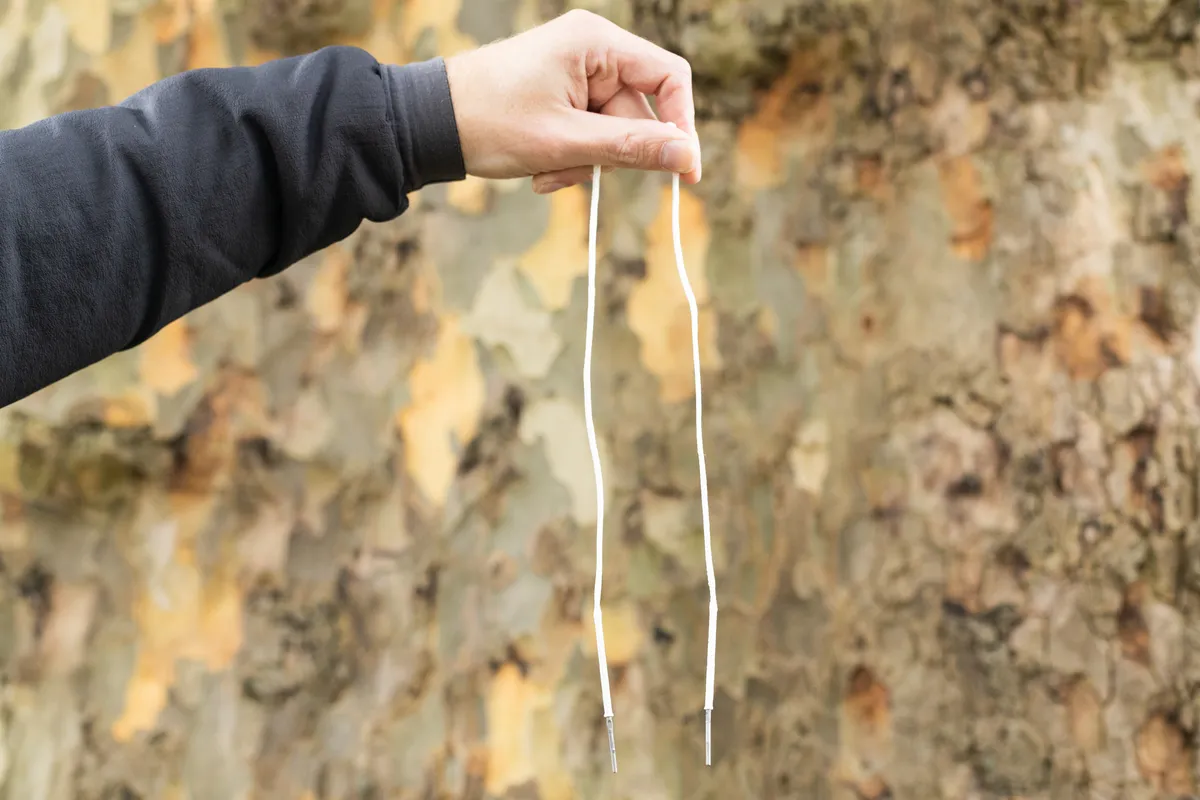
Berd’s PolyLight spokes are not the typical way of lacing wheels together.
Made from Ultra High Molecular Weight Polyethylene (UHMWPE), Berd claims the spokes have improved strength and fatigue life over steel spokes, and are less than half the weight of 1.8mm butted steel spokes.
Although the spokes might not look it, Berd states boldly that they're “the lightest, strongest, and most durable spokes ever invented”.
Berd claims the spokes have 12 times the strength-to-weight ratio of steel spokes and they are “impervious to the elements”.
Rather than having a head, like steel spokes, Berd’s fabric spokes use a loop that's secured by a rod to stop the spoke pulling through the spoke hole when used with regular J-bend or straight-pull hubs.
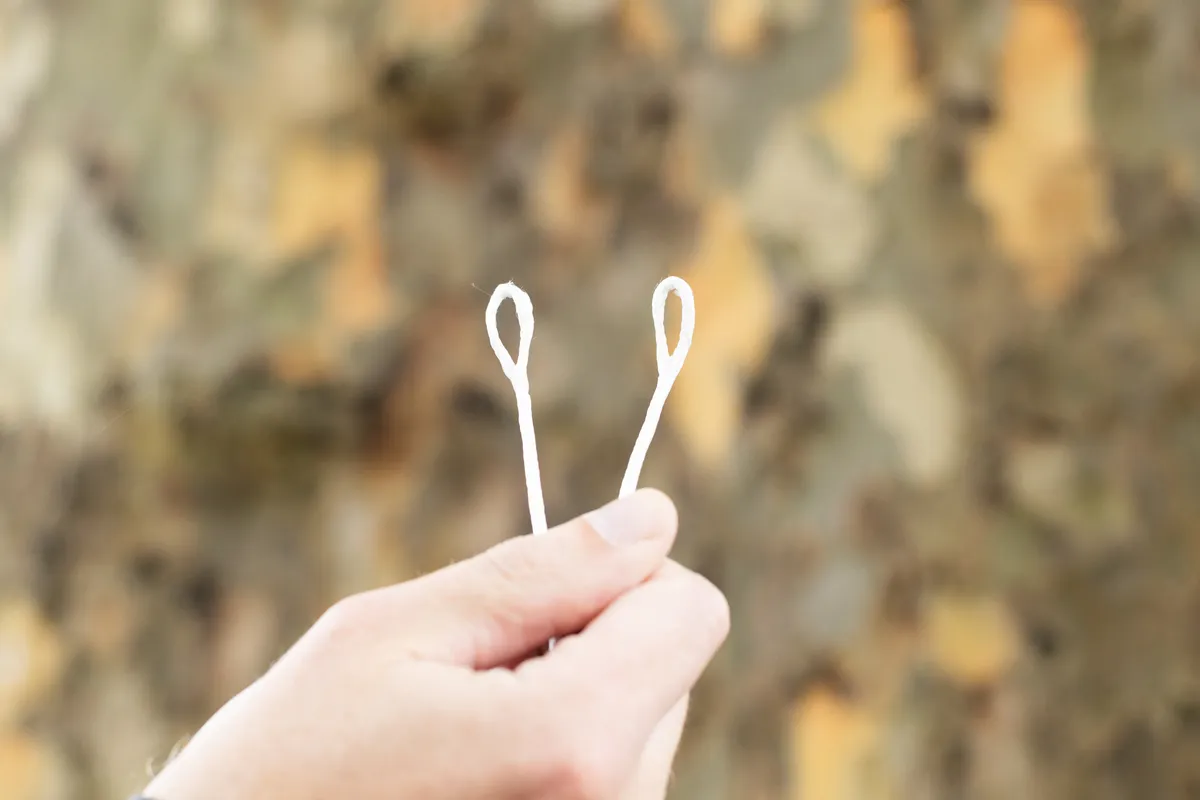
This means they can be used with almost any bicycle hub, including those that accept J-bend or straight-pull spokes.
However, the fibrous nature of the UMHWPE material means the spoke holes need to be prepped with a tool from Berd before lacing.
Onyx’s Vesper hubs
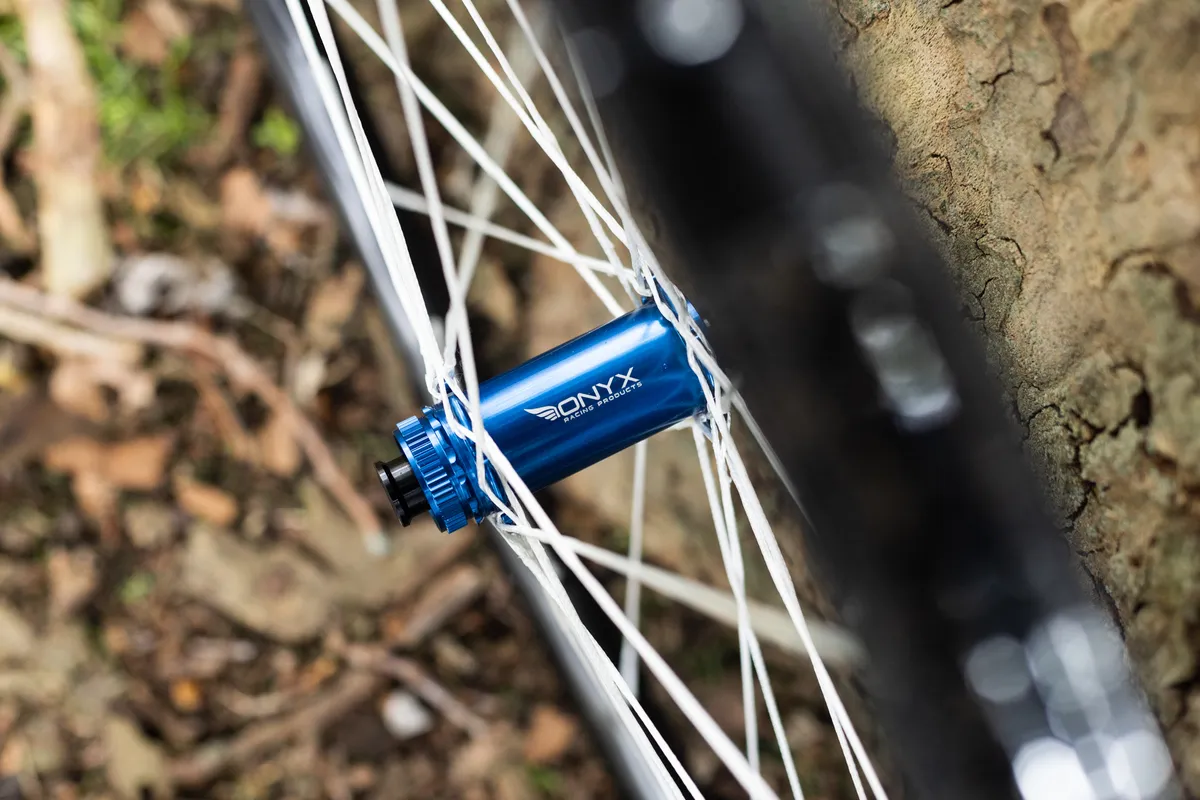
Onyx has designed a modified version of its Vesper hubs to be used specifically with Berd’s spokes.
The hubs have a flange with hooks to hold the spoke’s loops in place.
Doing away with the rod needed for straight-pull or J-bend hubs should make the building process quicker and easier.
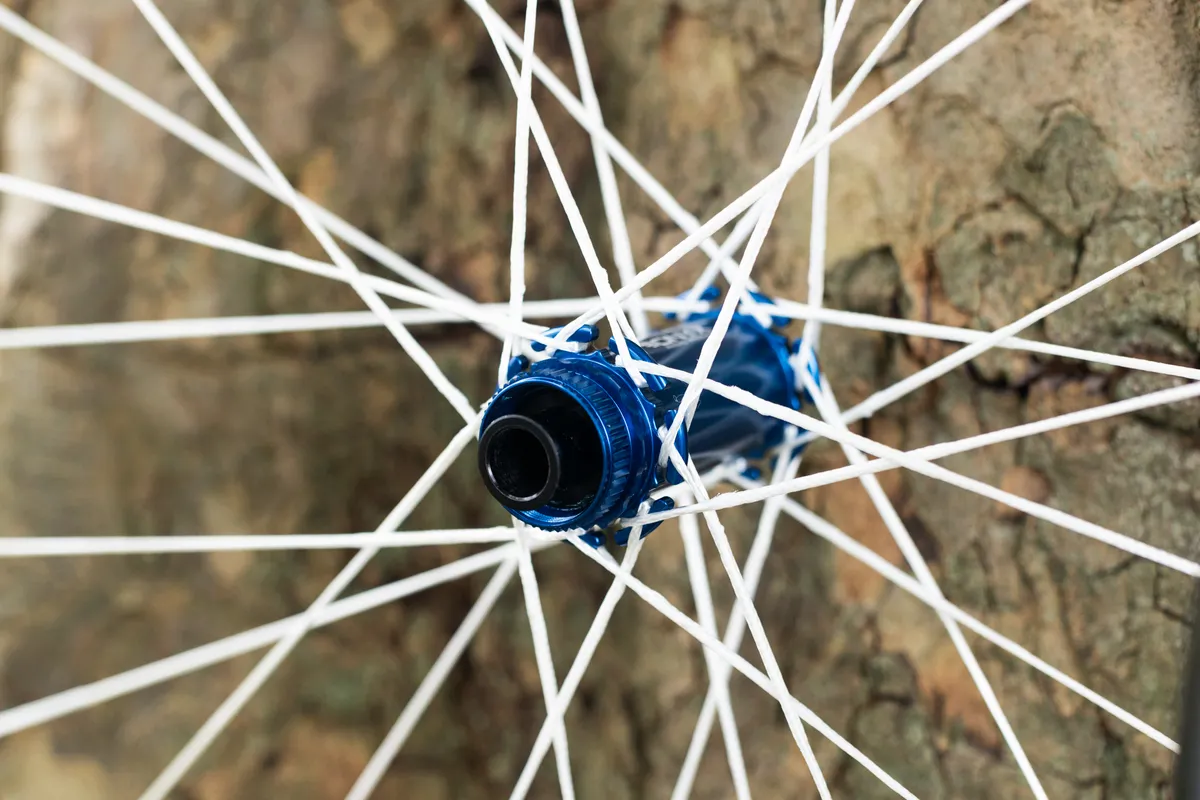
At the opposite end of the spoke is a 14-gauge thread that connects to standard nipples, just like regular spokes.
It’s not just the strength and weight (or lack of) that Berd claims are better than steel spokes.
Berd claims the spokes damp vibrations 200 per cent more effectively than their steel counterparts, which should result in a smoother, more comfortable ride.
Instant (and silent) engagement

The Onyx Racing Products’ Vesper hubs glide along with minimal friction and are almost completely silent.
This is because the freehub uses a sprag clutch, rather than spring-engaged pawls or ratchet rings.
The unique shape of the sprags enables freewheeling in one direction. Stamp on the pedals and the sprags wedge between the hub and driver at any point, providing quicker engagement than pawl- or ratchet-based hubs.
The hubs also use floating axles to separate the drive forces from load. This further reduces drag when freewheeling. From my initial testing, they spin very freely in your hand and on the bike.
The downside is the sprag clutch is heavier than other freehub systems, so the Vesper rear hub is not the lightest around. The hook flange version in the Berd spoke wheelset weighs a claimed 371g.
This is 106g more than a J-bend Industry Nine Hydra hub, the closest you’ll get in terms of engagement speed.
Impact-resistant rims
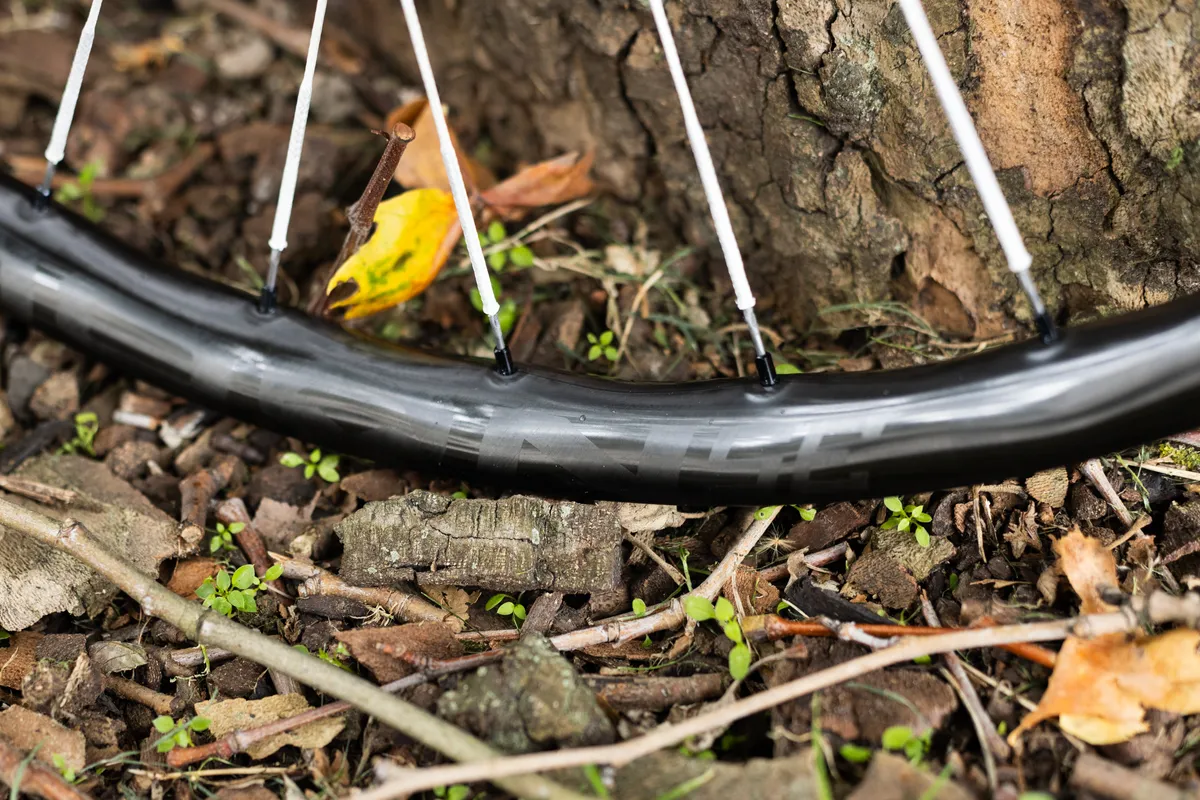
The TR35 G2 is NOBL’s cross-country, downcountry and trail-riding carbon fibre rim.
The rim uses NOBL’s Sinewave technology, where the nipple beds are raised compared to the rest of the rim.
The Sinewave profile is said to provide the right amount of vertical compliance without adversely affecting lateral stiffness.
The TR35 uses different internal rim widths front and rear. The front rim has a 30.5mm internal width and 2.5mm hookless bead lips, whereas the rear is narrower at 29.5mm, owing to its thicker 3mm bead lips.
The rear is also 40g heavier than the front, resulting in more impact protection.

NOBL claims it has redesigned the carbon layup schedule to improve impact resistance by 40 per cent, without a weight penalty, compared to the previous version of the rim.
The brand says it introduces new material into the rim lips to improve flexibility and reduce the chance of damage to the rim or mountain bike tyres.
Keeping with the tough theme are the graphics, which are now laser-etched into the carbon fibres to improve durability.
If you want to customise your wheels, you can do so with vinyl decals at the point of purchase or aftermarket.
The sum of their parts
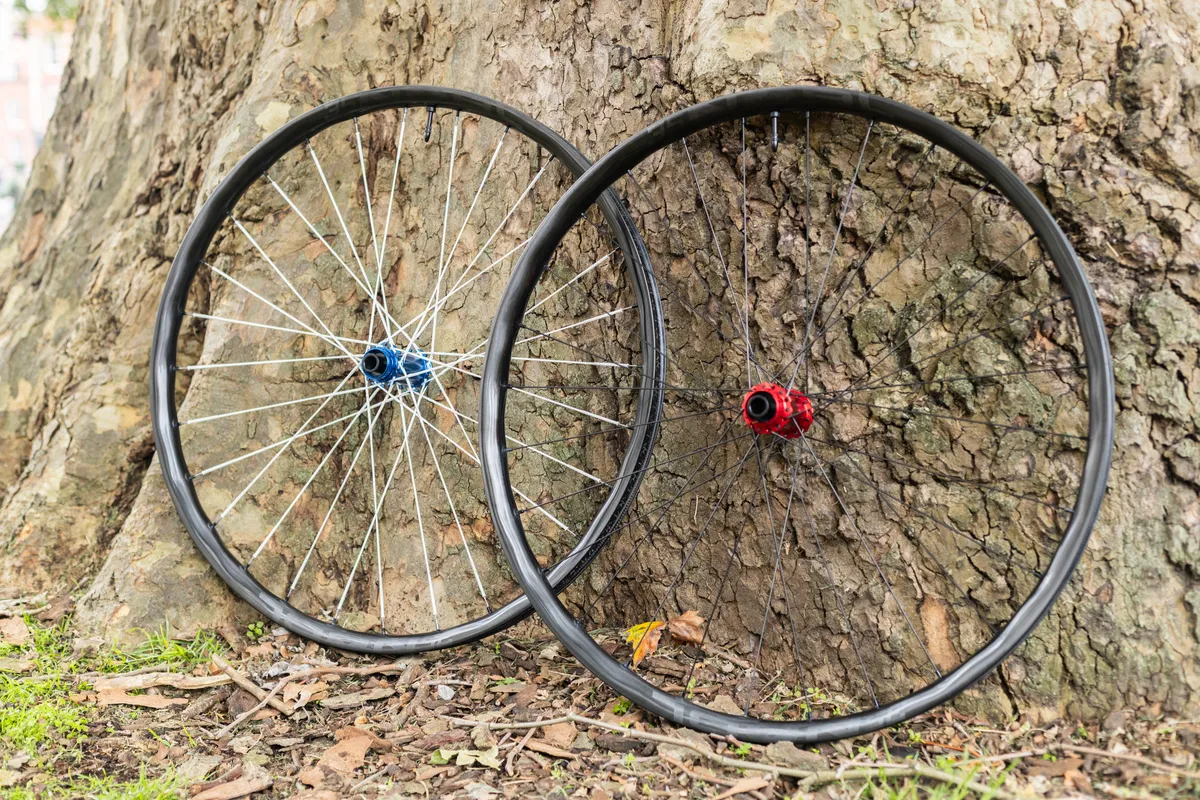
The NOBL wheelset with Berd’s spokes weighs 1,522g on our scales and will set you back $2,188.
NOBL sells these wheels with steel spokes for $1,650, but the wheelset is heavier at 1,686g.
Both weights are with tubeless tape and valves installed.
Given the added weight of the Onyx hubs, those weights are impressive. I’m keen to see how these wheels compare back-to-back on the trails.
